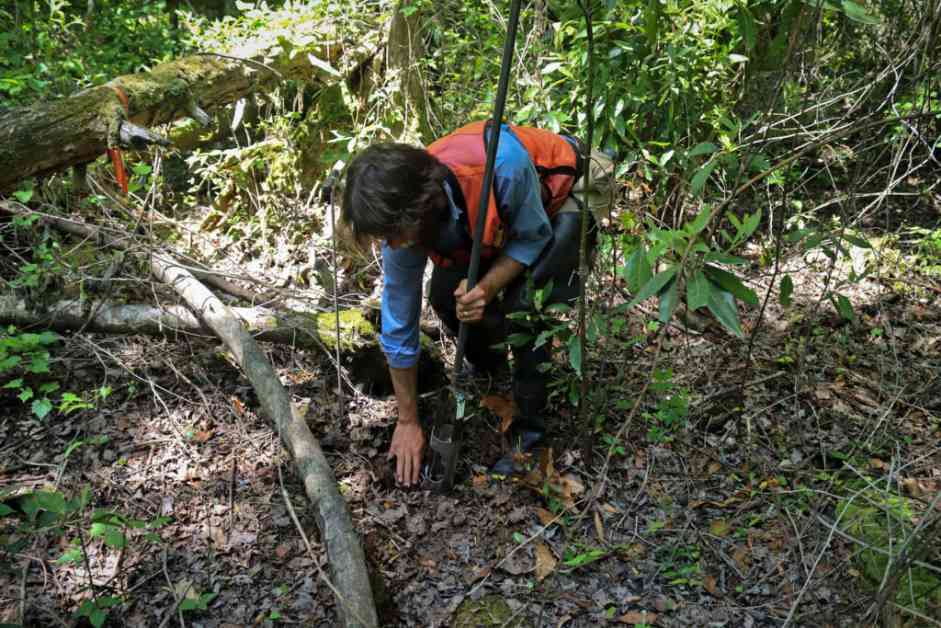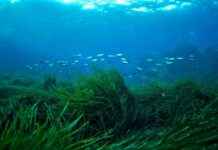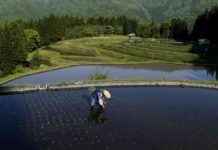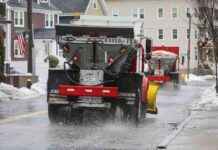Virginia’s Transition: From Draining Peatlands to Carbon Sinks
Fred Wurster, a hydrologist with the U.S. Fish and Wildlife Service, has spent the past decade working tirelessly to restore the Great Dismal Swamp in southern Virginia. This 113,000-acre national wildlife refuge has faced centuries of human interference, leading to a drastic reduction in its peatlands and turning it into a net emitter of carbon.
Preserving Vital Ecosystems
Peatlands, like those found in the Great Dismal Swamp, are critical in the fight against climate change. Despite covering just 3% of the Earth’s land surface, they contain twice as much carbon as all forests worldwide. However, due to draining efforts dating back to the 1760s and subsequent logging activities, these vital ecosystems have been greatly diminished.
Restoring Balance
In recent years, efforts have been made to restore the peatland ecosystem in the Great Dismal Swamp. Agencies like the Fish and Wildlife Service and nonprofit groups such as The Nature Conservancy have been working to rewet the area, allowing new deposits to build up and reducing the emission of carbon into the atmosphere.
A Vision for the Future
Looking ahead, The Nature Conservancy plans to further restore and protect peatlands in Virginia and North Carolina with over $200 million in funding. This project is estimated to result in significant annual greenhouse gas reductions, equivalent to removing millions of cars from the road each year.
Challenges and Opportunities
While progress has been made in restoring the Great Dismal Swamp, challenges remain. Degraded peatlands are less likely to hold water, making them prone to drying out despite restoration efforts. More aggressive measures may be necessary to ensure these ecosystems become carbon sinks once again.
Through the dedication of individuals like Fred Wurster and organizations like The Nature Conservancy, there is hope for the future of peatlands in Virginia and beyond. Restoring these vital ecosystems not only helps combat climate change but also provides essential wildlife habitat, stores stormwater, and reduces flood risk.
So, the next time you take a walk in nature, think about the importance of preserving these unique and valuable ecosystems. Our actions today can have a lasting impact on the environment for generations to come.














